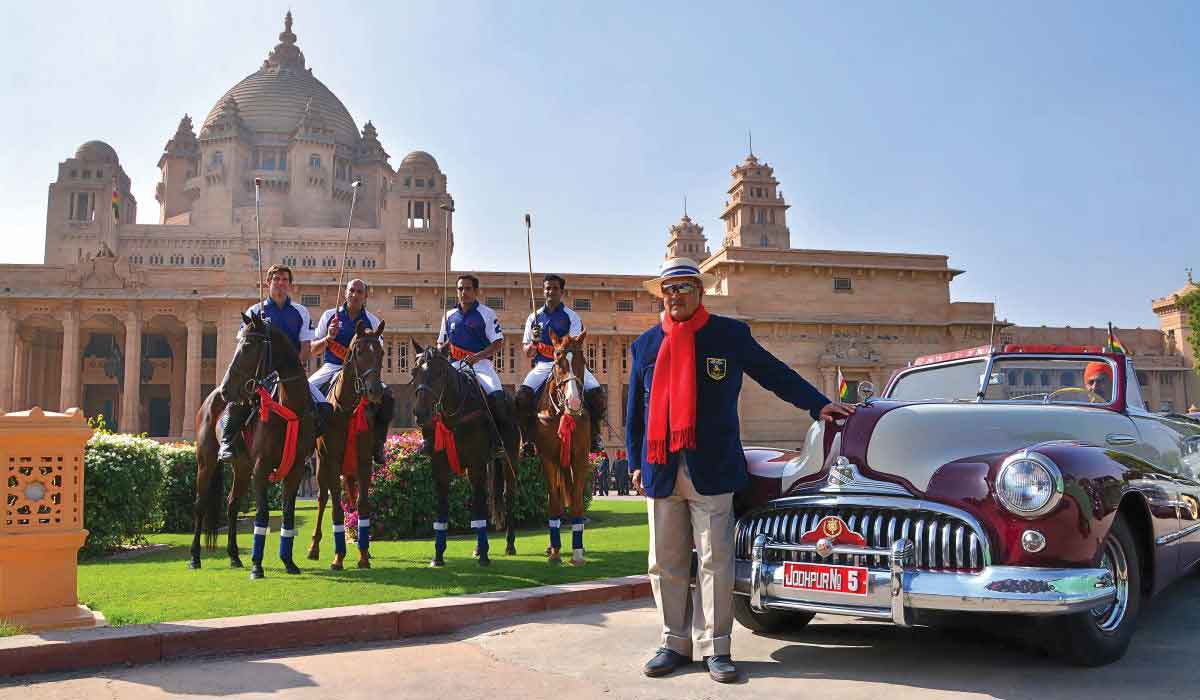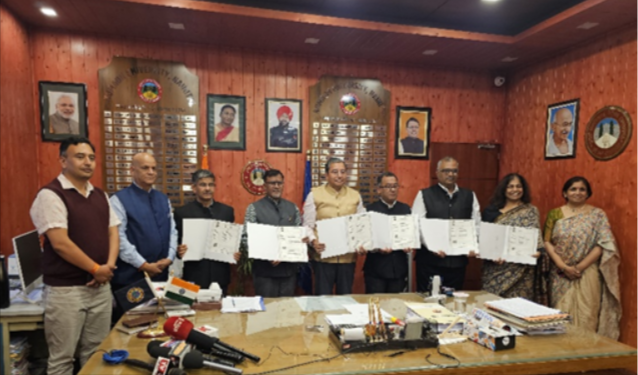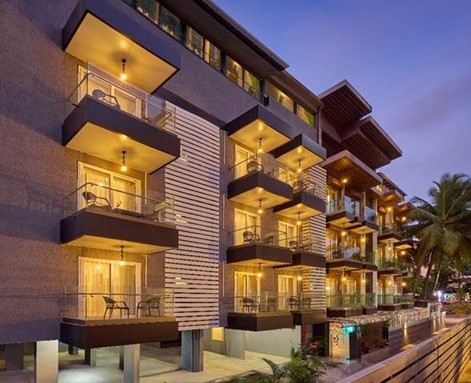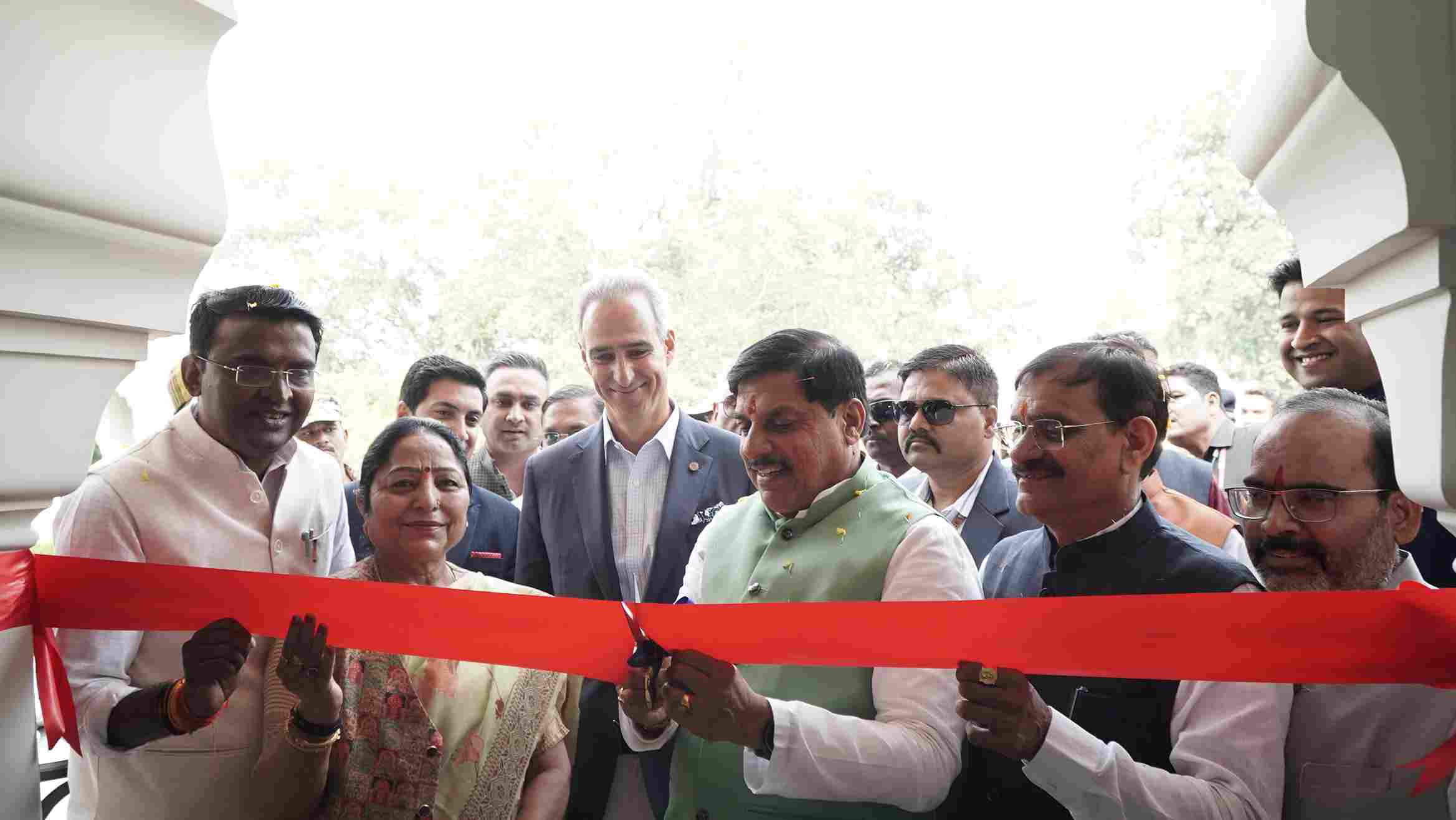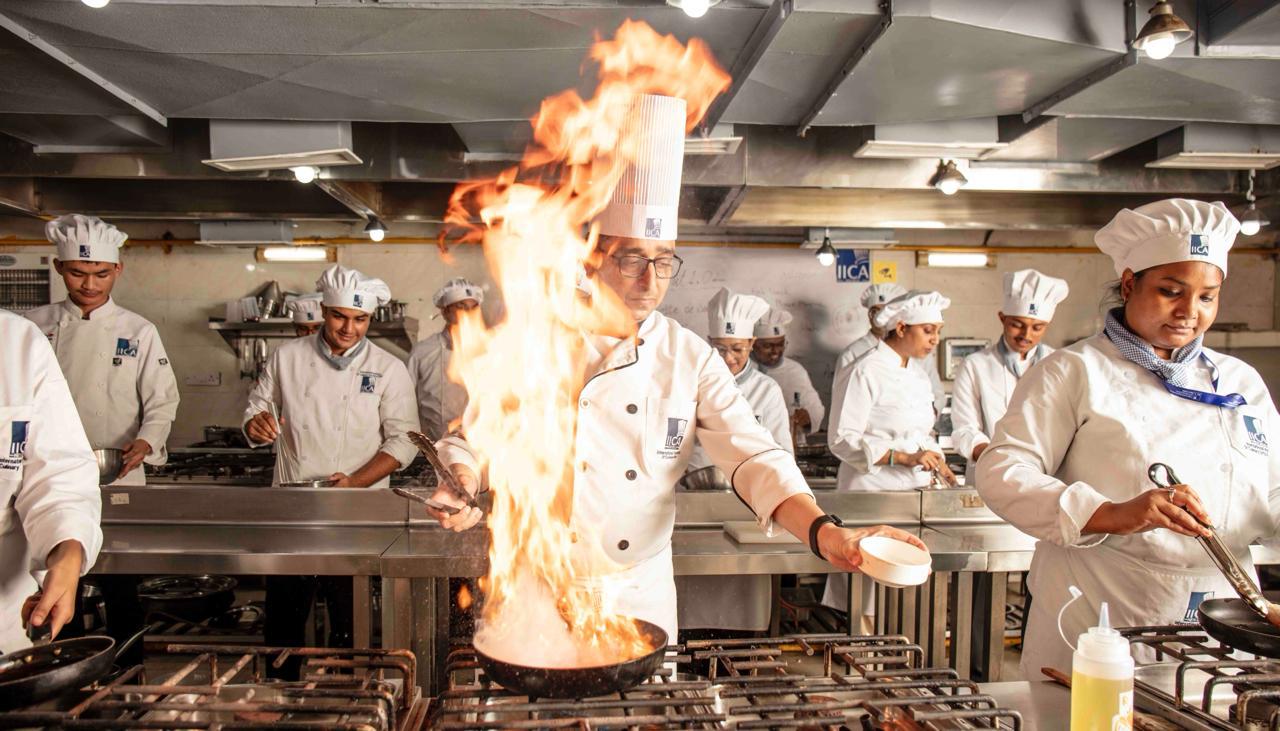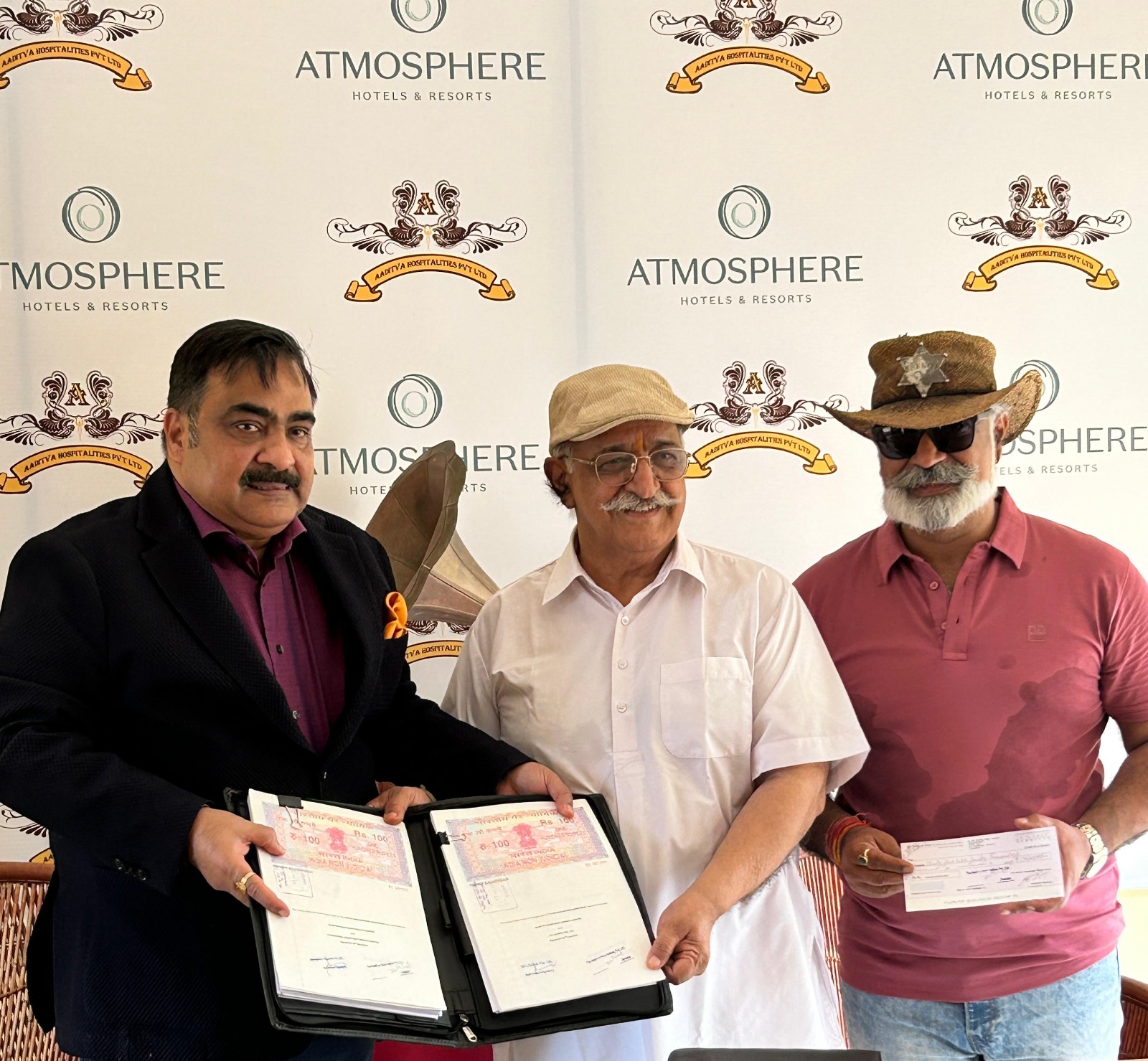Picture credit: His Highness Maharaja Gaj Singh of Jodhpur and Mehrangarh Museum Trust
H.H. Maharaja Gaj Singh of Marwar, Jodhpur, is no stranger to the world of hospitality. A visionary and revivalist, his contribution has been exceptional in bringing Indian heritage experience to both domestic and global travellers.
In conversation with Sunil Ghadiok, Consulting Editor of HotelTalk, he speaks about his journey so far and his plans ahead.
Sir, you have built an enormous organisation of great significance, both in terms of business value and the preservation of tradition and history. Could you throw some light on this tremendous achievement?
When I returned to India from England, I realised that my foremost duty was to preserve and conserve historic properties and to stay connected with the people of Marwar. The first 10 years were dedicated to restructuring, creating companies, establishing trusts, engaging in legal battles, and so on. I felt it was better to engage directly with people through institutions, create trusts, foundations, and work with NGOs, rather than get involved in divisive politics, and that is what I have been doing. With a clear vision, we identified the needs and opportunities in diverse areas such as heritage conservation, restoration and museum, rural regeneration, water, environment, health and education, and set up charitable organisations to address the needs. All these fields have been close to my heart.
I believe work is always interesting if you put your heart and soul into it and that if it positively impacts peoples’ lives.
Your role in establishing and leading Indian Heritage Hotels Association (IHHA) has been phenomenal. I am sure that reviving heritage hotels and promoting heritage tourism was no easy task. Could you tell us about your successes and failures along the way, as well as the role of the government and other stakeholders? Do you feel this mammoth effort has paid off?
When I returned to India, countless heritage properties in India had fallen into ruins. This spurred me to harness the potential of our heritage, inspired by Europe’s example, with the aim of not only preserving our monuments and culture but also boosting tourism, garnering global interest, and creating employment opportunities.
Umaid Bhawan Palace was built to be an official residence; it was not intended to be just a private family residence. As an official residence, it was meant for entertainment, hospitality, and traditional cultural events. This made it well-suited to becoming a hotel, which I believed was the best course of action. As a young man, I returned with ideas to contribute to Jodhpur, and by the time I had established the organisation for this purpose, I was presented with a different opportunity—to become a diplomat. Before leaving for Trinidad, I signed an agreement with one of the leading hotel companies, ITC Welcomgroup, to operate the palace hotel. With professional management, it has grown ever since.
The IHHA was established in 1990 to address the need for a separate and independent classification for heritage hotels, with the goal of making heritage buildings productive and boosting tourism in India. We should take pride in the beauty of our diverse cultures and heritage across India, which is the USP of our nation. The government heeded to our request, and heritage hotels received their own distinct classification.
Converting old buildings into beautiful hotels is no mean task, especially given the support needed to deliver quality services. Have you always been deeply involved in your own properties in this regard? What key fundamentals did you keep in mind when directing your development team?
My interest in heritage blossomed in Britain, where I saw the passion for preserving history. It was amazing to see how the Europeans protected war-ravaged monuments, which motivated me to care for our own rich cultural heritage. I had already discussed with the professional hotel management group the importance of maintaining originality, while ensuring everything is functional and clean. Hotels should always be honest about what they can offer. For anyone looking to manage a successful hotel, service and honesty are the most important factors, which our current Taj Management group has embraced. I tell every new Manager that Umaid Bhawan is not just a hotel; it is a palace and my home and the residents should feel they are my guests.
As someone deeply rooted in the heritage of Jodhpur, I have witnessed first-hand the transformative power of preserving our legacy through hospitality. India boasts a rich portfolio of heritage assets, from opulent palaces to majestic forts. Today, these sites are experiencing a remarkable revival; from ancient forts and grand palaces to unique hunting lodges, traditional mansions, and even stepwells, historic sites are being reborn, offering unique experiences. Moreover, the growing impact of heritage tourism has proved that we do not need to rely on or imitate the West; rather, we can create authentic experiences for visitors, deeply immersed in our own history and culture that will stay with them long after they return home.
Sir, your efforts in sustainability and environmental protection as well as your work in water conservation have been commendable. Could you tell us more about these projects? What are your thoughts on the conflict between sustainability and luxury tourism?
The erstwhile royal family of Marwar has always prioritised the needs of its people. Continuing this tradition, I decided to establish a foundation focused on augmenting the water supply for both people and animals and conserving water for future needs. Hence, I founded the Jal Bhagirathi Foundation in 2002. The organisation works to regenerate traditional water harvesting systems with community leadership and institutional support, aiming to balance environmental capacities with people’s needs, especially in ensuring access to safe drinking water.
In addition to Jal Bhagirathi’s work in about 500 villages of rural Marwar, my trust, the Mehrangarh Museum Trust is involved in the conservation and restoration of traditional stepwells in Jodhpur. As the Rajasthan State Convenor of the Indian National Trust for Art and Culture Heritage (INTACH), we have engaged our INTACH Jodhpur Chapter in this effort. The chapter is actively involved in reviving these stepwells and restoring them to their original form. We have also worked in various villages of Marwar through the Maharaja Hanwant Singhji Charitable Trust, providing assistance in sustainable farming and reviving traditional water systems with the help of the villagers.
I do not see any conflict between heritage tourism and sustainability. We are always conscious to look for sustainable options to provide the appropriate level of luxury for our guests, and they appreciate that. Nowadays, people are aware and prefer sustainable, environment friendly options. I believe that being in harmony with nature and local culture is the greatest form of luxury.
Sir, you have several hotels in your organisation’s portfolio, and I am sure you have a team of professionals managing the operations. However, do you engage at some level to monitor the management of these assets? Also, do your hotels make it a rule to hire, train, and support local talent?
Our hospitality enterprises, which comprise our private residences have evolved over the last 50 years. They are managed by us, with the assistance of professional management companies. You will be pleased to know that most of our team members are locals who have advanced into management positions. We, as a family, are all directly involved at different levels—my daughter is the CEO and I am the Chairman, with my wife, son and daughter-in-law as Directors.
Sir, you are involved in philanthropic activities. Could you tell us about your organisation’s work in various areas such as medical facilities, rural development, empowerment through education and establishment of education and sporting facilities?
We established the Mehrangarh Museum Trust in 1972 in order to bring the fort alive for our visitors. We provided nearly 15,000 items from our personal collection to the trust to create a museum within the Mehrangarh Fort. Today, the Mehrangarh Fort attracts more than one million domestic visitors and over 100,000 foreign visitors a year. Mehrangarh Fort in Jodhpur and Ahhichatragarh Fort in Nagaur, both managed by the Mehrangarh Museum Trust, are outstanding examples of conservation and restoration work in the country, which have been acknowledged by UNESCO with awards of distinction and excellence.
In the field of girls’ education, we founded the Rajmata Krishna Kumari Girls’ Public School in Jodhpur, the Rajmata Krishna Kumari Girls’ Hostel in Desuri, and the Rajmata Krishna Kumari Girls’ Education Centre at Mohan Kanwar Hostel in Keru. In health and medical care, we established the Rajdadisa Hospital in Jodhpur, the Indian Head Injury Foundation, and the Yuvraj Shivraj Singhji Neuro Rehab and Trauma Centre. We also founded H.H. Maharaja Hanwant Singhji Charitable Trust for rural regeneration and development. To ensure access to safe drinking water, incorporating both traditional and contemporary knowledge systems of water management, we founded the Jal Bhagirathi Foundation. Through our Jodhpur Polo and Equestrian Institute, we promote Jodhpur’s equestrian traditions by organising a month-long Polo Season in December and an Marwari Horse Show organised by the All India Marwari Horse Society in the first week of February.
Each of my foundations is an independent entity with its own Board of Trustees, managed by a dedicated group of professionals. All are constantly at work, striving to improve the lives of the people of Marwar, particularly in Jodhpur.
Sir, your achievements have been many and your life so full of activity. Do you manage to find time for your family, especially now as you are a grandfather? I am sure you enjoy that more than anything else. Lastly, would you like to share any future plans you have made?
I absolutely enjoy spending time with my grandchildren. I teach them the philosophy of ‘Aapnaayat’, just as I was taught about ‘oneness’ with the people of Marwar, its region, culture, and people. I tell them, as I told my children, that ‘Our future depends on our contribution and connection with the people and our land—Marwar, Jodhpur’. As for my future plans, I am deeply concerned about the breakdown of our city’s infrastructure and the neglect of heritage structures and town planning. I regularly meet with the administration and government to discuss these issues and identify areas where more thought, effort, planning, legislation, and implementation are needed. I participate in numerous social and public meetings and am fortunate that people place their trust in me. I strive to meet their expectations, but I must admit that achieving positive outcomes is a slow and complex task, achievable only through the will of the people in a democracy like ours. Therefore, I will continue to work on strengthening public opinion to safeguard our heritage and environment.
“When I returned to India after years abroad, many heritage properties were in ruins, inspiring me to harness their potential.”
“Mehrangarh and Ahhichatragarh Fort, both managed by Mehrangarh Museum Trust, are outstanding examples of conservation and restoration work.”
“For anyone looking to manage a successful hotel, service and honesty are the most important factors.”


